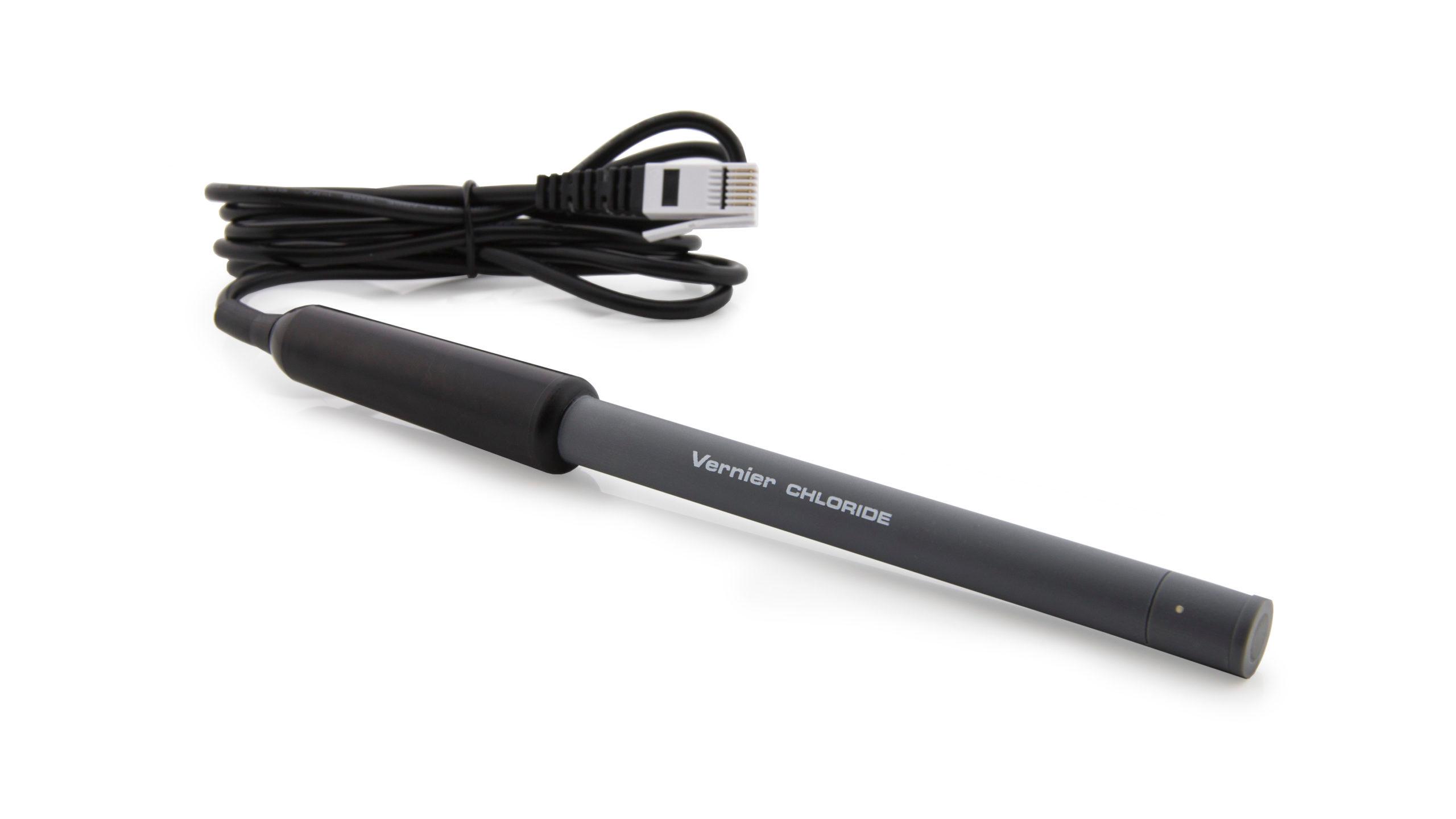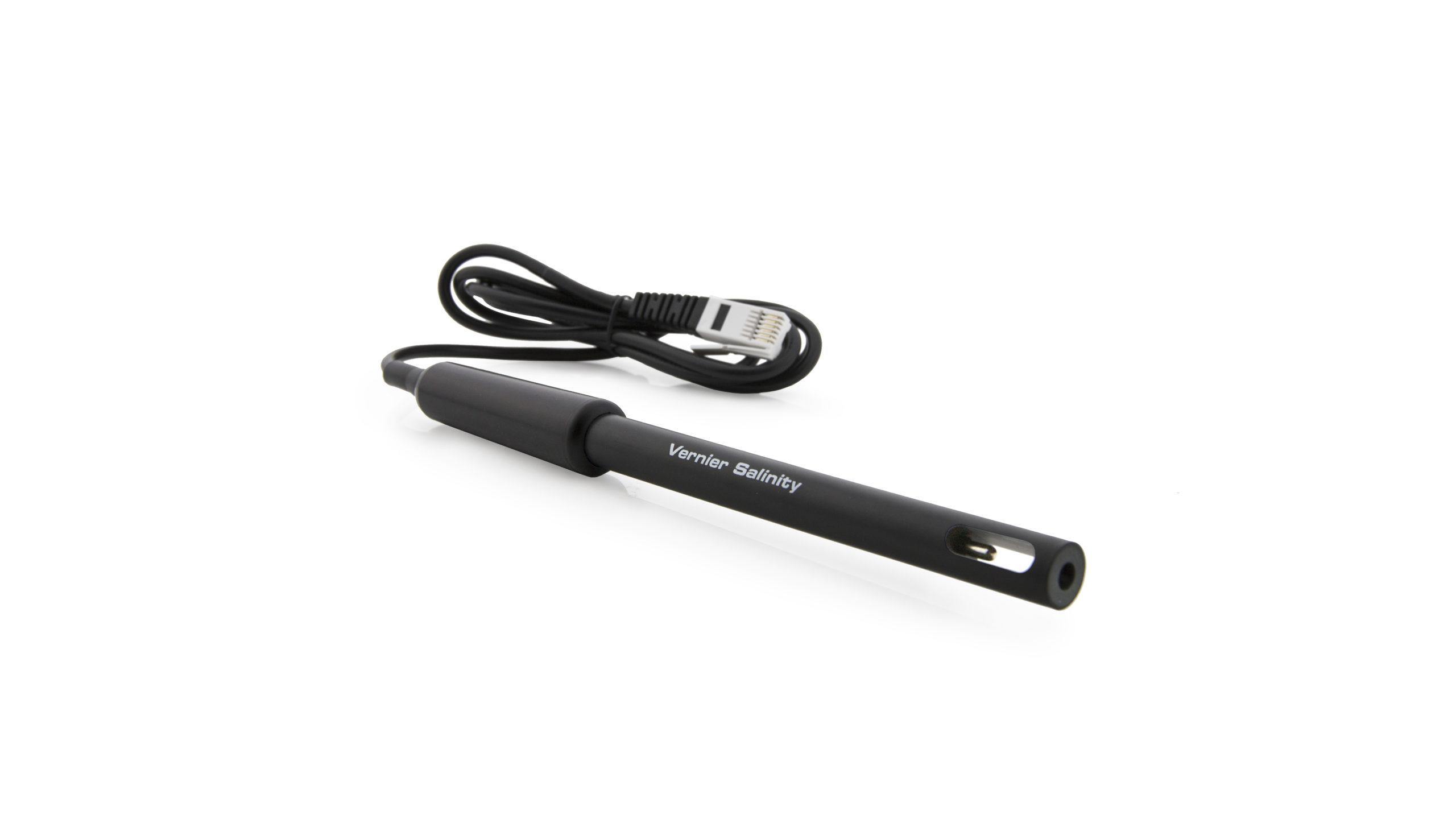Introduction
Chloride
Chloride, in the form of the Cl– ion, is one of the major inorganic anions, or negative ions, in saltwater. Chloride ions come from the dissociation of salts, such as sodium chloride or calcium chloride, in water.
These salts, and their resulting chloride ions, can originate from natural sources such as saltwater intrusion, or manmade sources such as road salts and water softeners. Even water considered to be fresh often contains salt ions. Compared to seawater or brackish water however, freshwater has much lower levels of salt ions such as Na+ and Cl–; in fact, these ions are often lower in concentration than hard-water ions such as calcium (Ca2+) and bicarbonate (HCO3–). Due to this variable ratio of ions, an ion-selective electrode is commonly used to specifically measure chloride ion concentration.
Salinity
Salinity is a measure of all salts dissolved in water, commonly expressed in parts per thousand, ppt. Unlike chloride concentration, salinity is a measure of the total salt concentration, comprised mostly of Na+ and Cl– ions in saltwater and brackish water. Even though there are smaller quantities of other ions in seawater (e.g., K+, Mg2+, or SO42–), sodium and chloride ions represent about 91% of all seawater ions. The salinity of seawater is fairly constant, at about 35 ppt, while brackish estuaries may have salinity levels between 1 ppt and 10 ppt.
Increased salinity has been observed in the lower reaches of the Colorado and Rio Grande rivers due to return of irrigation water. In these arid regions of the United States, water readily evaporates during irrigation, resulting in high concentrations of salt ions in the water that returns to the rivers.
Salinity is also of interest in bodies of water where seawater mixes with freshwater, since aquatic organisms have varying abilities to survive at different salinity levels. Many saltwater organisms survive in a salinity of up to 40 ppt, yet many freshwater organisms cannot live above 1 ppt.
Salinity is commonly determined by measuring the electrical conductance of the water. Since most anions in seawater or brackish water are chloride ions, salinity of those types of water can also be determined from chloride concentration using the following formula:
salinity (ppt) = 0.0018066 × Cl– (mg/L)
This conversion is not valid for freshwater or low-saline brackish water due to the varying concentrations of chloride ions compared to other types of ions in the water.
Objectives
- Measure the chloride ion concentration in a stream or lake using a Chloride Ion-Selective Electrode.
- Measure the salinity value of the water (in ppt) using a Conductivity Probe.
Sensors and Equipment
This experiment features the following sensors and equipment. Additional equipment may be required.
Option 1

Option 2

Option 3

Ready to Experiment?
Ask an Expert
Get answers to your questions about how to teach this experiment with our support team.
- Call toll-free: 888-837-6437
- Chat with Us
- Email support@vernier.com
Purchase the Lab Book
This experiment is #15 of Water Quality with Vernier. The experiment in the book includes student instructions as well as instructor information for set up, helpful hints, and sample graphs and data.

